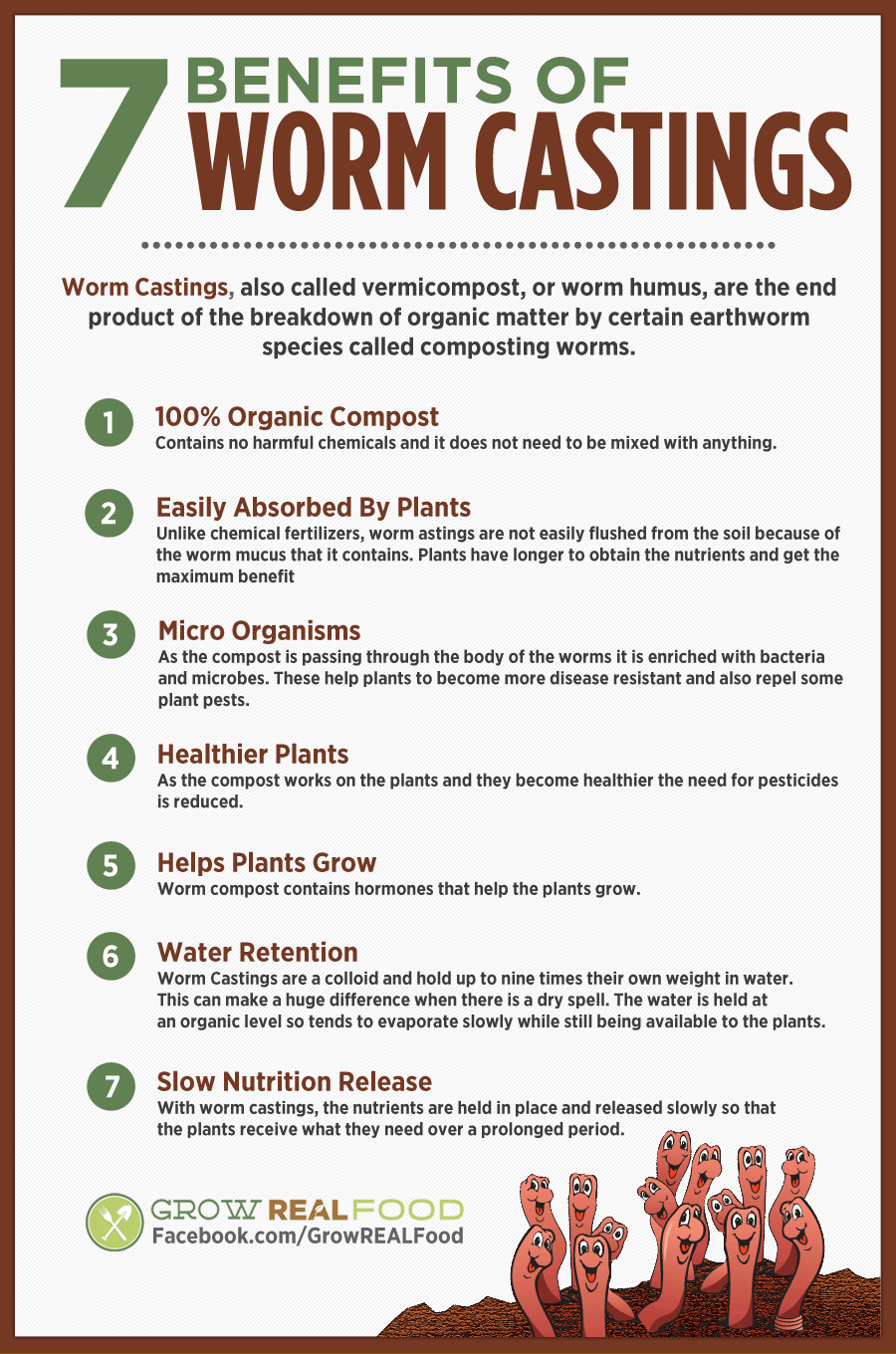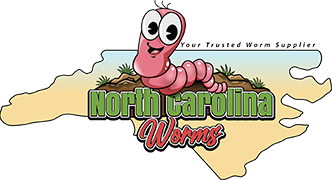Indicators on North Carolina Worms You Need To Know
Table of ContentsNorth Carolina Worms Things To Know Before You BuyNorth Carolina Worms - The FactsThe Definitive Guide for North Carolina WormsNot known Details About North Carolina Worms
Instance: 1-gallon of worm castings to 4 gallons of potting mix. 1/2 mug in the base of the planting hole for smaller sized plants. 1 mug for larger plants.
The enhancement of tea can also add raised microbial biomass to your soil. You can constantly side-dress your plants with worm spreadings at any moment. Simply keep in mind, the microorganisms will certainly die if exposed to UV rays (Sunlight), so be sure to cover the spreadings with an inch or two of soil.
This baffled them for years up until the screening techniques came to be better. It would obtain better(with more spreadings), level off, and then decrease. Too numerous worm spreadings would speed up the development to a rate that the plant can not recuperate from.
North Carolina Worms Fundamentals Explained
I have clarified the merits of worm castings for regarding 2000 words. Worm castings are no different. It takes time to create quality worm spreadings.
Worm castings certainly set you back more than chemical plant foods. Worm spreadings are on the less expensive end of organic plant foods. (50 gallons per year) It is a much more difficult and really costly investment to generate big amounts of worm spreadings.

Developing a healthy dirt may be the best benefit of worm spreadings. We discussed worm spreadings NPK and also the appropriate nutrient analysis that must apply to worm castings.
Top Guidelines Of North Carolina Worms
We spoke regarding some of the downsides linked with worm spreadings. I covered a whole lot of product in this write-up.
The vertical burrows are typically open, although the worms cover the leading with residue and excrement. Origins need oxygen for their development, whereas they create carbon dioxide that needs to leave the soil.
Earthworms increase porosity by 2 devices: (1) by producing long-term burrows, and (2) by improving dirt gathering. Aggregation is improved by the blending of dirt and organic matter in the earthworms' intestines. Lake Rhodhiss Bait. These extremely stable aggregates are transferred by some earthworms in their burrows, and by others at the surface of the dirt


In another research study, earthworms were approximated to eat 4 to 10 percent of the top 6 inches of the soil yearly. This only goes to reveal the substantial quantities of dirt that can be refined by earthworms. Soil compaction reduces the porosity of the soil. Since earthworms boost porosity, they lower the results of compaction.
North Carolina Worms - An Overview
Common earthworm populations can conveniently eat 2 lots of completely dry issue per acre each year, partially absorbing and mixing it with dirt. The relevance of earthworms to blend surface deposit with dirt becomes very clear in dirts that do not have any type of earthworms. The majority of our Pennsylvania dirts have at the very least some earthworms, and the result of their complete lack, as a result, can not be noted.
(https://trafficdirectory.org/North-Carolina-Worms_351789.html)In these soils, the formation of topsoil with affordable organic matter content did not take location, leading to bad crop growth. Once the cause was established, the government of the Netherlands started a project to present earthworms. After the intro of the earthworms, a dark topsoil layer was created, and plant development boosted significantly.
They live mostly from partially decomposed natural issue that is already incorporated in the dirt. These types ingest large quantities of dirt that they blend with digested plant deposit in their digestive tracts.
Their burrows remain open, although they cover the leading with crop deposit that they draw to the entrance. These varieties consume substantial quantities of dirt that they mix with absorbed residue in their guts. Their waste matter is mainly deposited at the surface area of the soil. The nightcrawler Lumbricus terrestris is one of the most famous member of this team.